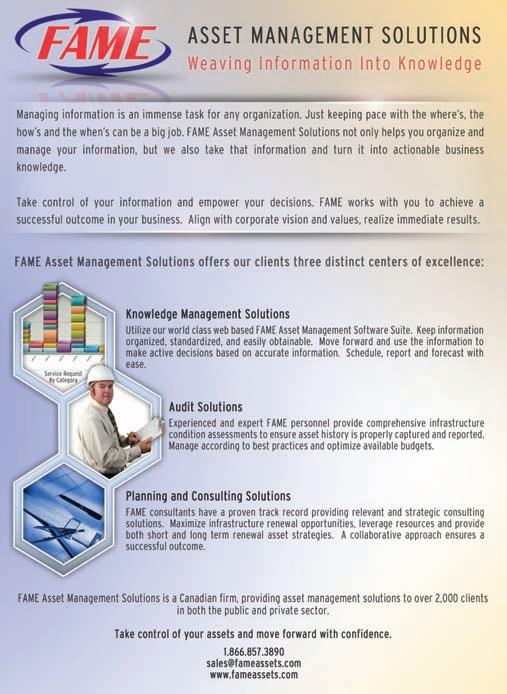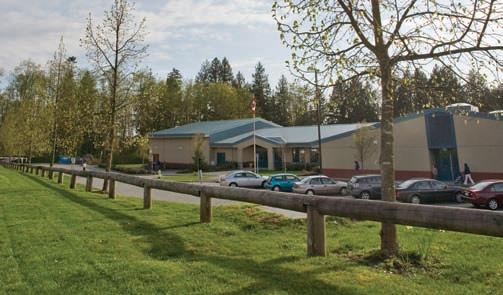
4 minute read
Lead Paint and the Construction Industry
BY JARI E. SAARELA
Over the years, the construction industry has become quite familiar with the hazardous materials requirements when dealing with the various types of construction projects in the province. Dealing with asbestos, PCBs, CFCs, etc., has become fairly straightforward, with information available to assist the contractor with the tasks to complete their projects. Even vermiculite (a loose-fill insulation material found in many older homes and concrete block structures), which was not considered an issue until the late eighties, is now recognized by most contractors to potentially contain asbestos.
When dealing with lead paint, the same comfort level has yet to be reached by architects, engineers, contractors, building managers … pretty well everyone in the industry. Current regulations provide details for worker safety, but the information to successfully complete various types of lead abatement projects is not easily available, nor is it clearly defined.
Like all other projects dealing with hazardous materials, risk assessments are required for projects involving lead-containing paint, and must be conducted by qualified people. Having qualified people to provide risks assessments is a WorkSafe B.C. requirement, and is vital as it is based on the proposed scope of work for the project and provides important information for the development of site-specific work procedures. This presents another hurdle, as training programs providing the required information for qualification are currently only available in the United States.
As a result of the lack of information and the confusion in the construction industry, WorkSafe B.C. has recently embarked upon developing a manual entitled, “Lead Paint and Coatings: Preventing Exposure in the Construction Industry”. When completed, this much-anticipated manual will provide definitive clarification and direction to the industry for dealing with projects where lead paint will be remediated. In the meantime, projects involving lead paint must still be completed in accordance with regulations by a recognized governing body; for example, the United States Environmental Protection Agency (EPA) and the U.S. Department of Housing and Urban Development (HUD). This ensures worker safety, but can also demand controls and clearance levels not relative to some types of projects.
In the past, lead paint was a concern if it contained more than 0.5 per cent lead by weight or 1.0 milligram per square centimeter—when in fact, paint with concentrations of lead lower than the standard definition above could still cause health problems if not handled properly. Current levels of concern begin at .06 per cent, or 600 parts per million (Health Canada). Within the last year, the United States Consumer Products Safety Commission
Professional Quality Service for Over 19 Years
COMPREHENSIVE PROJECT MANAGEMENT
•Pre-Renovation / Demolition / Compliance Risk Assessments •Comprehensive Hazardous Materials Assessments (Asbestos, etc.) •Confined Space Audits & Risk Assessments •Asbestos & Mould Awareness & Worker Training Programs •Hazardous Materials Sample Analysis (RUSH Available) •Total Site Decommissioning Services •In-Situ / On-Site / Off-Site Remediation •Indoor Air Quality Assessments & Solutions •Chemical Inventory, Compliance, & Operating Procedures •Residential Grow Operation Removal & Re-Occupancy •Self-Contained Mobile Lab for Assessment & Analysis •Air Sampling & Analysis for Dust, Mists, Fumes, Mould,
Bacteria, & Radiation Surveys (Radon)
604-873-8599 Fax: 604-873-5956 #217-2323 Quebec St., Vancouver, BC V5T 4S7 Email: info@acmenvironmental.com www.acmenvironmental.com
Scott Cluthé Cell: 778-238-2380 1385 Odium Drive Vancouver, BC V5L 3M1 Tel: 604-251-3151 Fax: 604-251-6233 Toll Free: 1-800-689-1441 Email: scott@castertown.com www.castertown.com


www.castertown.com
(CPSC) lowered the allowable level of lead in consumer paints to .009 per cent, or 90 micrograms per gram. As well, the new EPA RRP (Renovation, Repair and Painting) Regulation takes effect on April 22, 2010 in the United States, where all contractors performing work on child-occupied facilities must have completed an eight-hour lead training course.
We do not have the same training requirements in B.C. for our workers, but the protection requirements are there. The upcoming WorkSafe B.C. manual for lead paint and coatings will provide much-needed clarification, and will assist employers in developing suitable safe work procedures for projects.
When it comes to child-occupied facilities such as schools, the most important thing to remember after the project is completed is to ensure clearance sampling is conducted before occupancy occurs, in order to ensure a safe environment for the occupants.

About the Author: Jari E. Saarela, CEI, LPD, ABI, has been the president of A.C.M. Environmental Corporation, located in Vancouver, B.C., for 21 years. Mr. Saarela has been directly involved in the hazardous materials industry for 34 years, providing awareness and training seminars along with project design and management services to all levels of the industry. He is a certified Asbestos Building Inspector, Lead Project Supervisor and Project Designer. He has been involved with WorkSafeBC in developing the guidelines for the asbestos industry, and is currently involved with WorkSafe in developing a manual on lead paint and coatings for the construction industry. He can be reached at 604-873-8599 or by email at: jari@acmenvironmental.com.
use your powersense save money | qualify for rebates rebate for SD20 $24,000
For more information, call 1-866-436-7847
www.fortisbc.com











